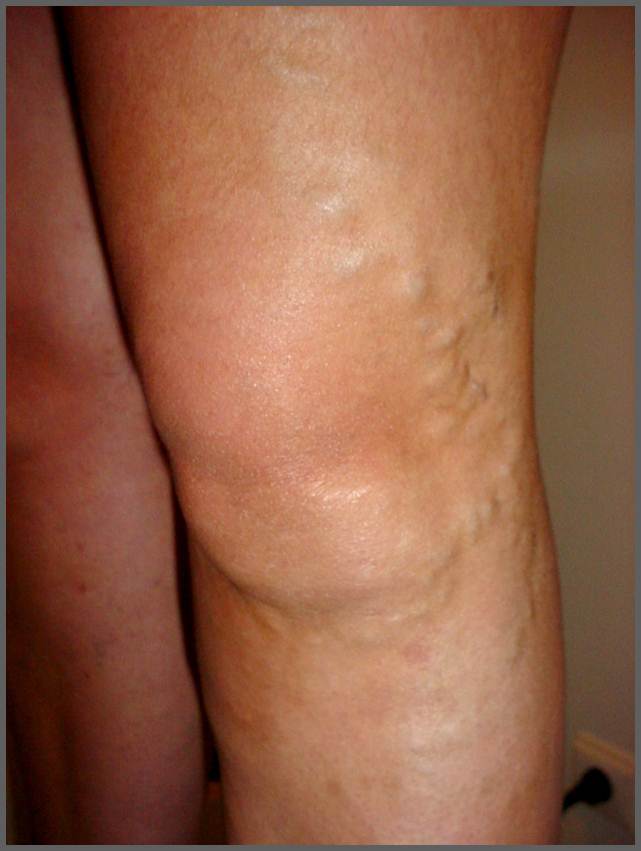 In this blog we’ll explore effective tips and strategies to help you prevent varicose veins and maintain healthy veins. Varicose veins are swollen, twisted veins that often appear on the legs and can cause discomfort and cosmetic concerns. While genetic factors can play a role in the development of varicose veins, there are several lifestyle changes and preventive measures you can take to reduce your risk.
In this blog we’ll explore effective tips and strategies to help you prevent varicose veins and maintain healthy veins. Varicose veins are swollen, twisted veins that often appear on the legs and can cause discomfort and cosmetic concerns. While genetic factors can play a role in the development of varicose veins, there are several lifestyle changes and preventive measures you can take to reduce your risk.
Understanding Varicose Veins
Varicose veins occur when the valves in the veins become weak or damaged, leading to blood pooling and increased pressure in the veins. This causes the veins to enlarge and become visible under the skin. Common risk factors for varicose veins include age, genetics, pregnancy, obesity, and prolonged periods of standing or sitting.
Tips and Lifestyle Changes to Prevent Varicose Veins
1. Stay Physically Active
Regular physical activity helps improve blood circulation and strengthen the muscles in your legs, which supports healthy veins. Aim for at least 150 minutes of moderate-intensity exercise each week. Activities like walking, swimming, and cycling are particularly beneficial for vein health.
2. Maintain a Healthy Weight
Excess weight puts additional pressure on your veins, increasing the risk of varicose veins. Maintaining a healthy weight through a balanced diet and regular exercise can help reduce this risk.
3. Elevate Your Legs
Elevating your legs above heart level for short periods throughout the day can help improve blood flow and reduce the strain on your veins. This is especially beneficial if you spend long hours standing or sitting.
4. Wear Compression Stockings
Compression stockings provide gentle pressure on the legs, helping veins move blood more efficiently. They can be particularly helpful for individuals with a family history of varicose veins or those who experience leg discomfort after prolonged periods of standing or sitting.
5. Avoid Prolonged Sitting or Standing
If your lifestyle or job requires long periods of sitting or standing, take regular breaks to move around and stretch your legs. This helps prevent blood from pooling in the lower extremities and promotes healthy circulation.
6. Eat a Balanced Diet
A nutrient-rich diet supports overall vascular health. Incorporate plenty of fruits, vegetables, whole grains, lean proteins, and healthy fats into your meals. Foods rich in fiber, antioxidants, and anti-inflammatory properties can help maintain healthy veins.
7. Stay Hydrated
Proper hydration is essential for maintaining healthy blood viscosity. Drinking enough water throughout the day helps prevent blood from thickening and forming clots, reducing the risk of varicose veins.

8. Avoid Tight Clothing
Wearing tight clothing, especially around the waist, thighs, and legs, can restrict blood flow and increase the risk of varicose veins. Opt for loose-fitting, comfortable clothing that allows for proper circulation.
9. Practice Good Posture
Maintaining good posture can help improve blood flow and reduce pressure on the veins in your legs. Avoid crossing your legs when sitting and try to keep your legs uncrossed to promote healthy circulation.
10. Quit Smoking
Smoking damages blood vessels and increases the risk of vascular issues, including varicose veins. Quitting smoking is one of the best steps you can take to improve your overall vascular health.
Preventing Varicose Veins: Contact Dr. Norman Chideckel for Vein Treatment
For personalized guidance on preventing varicose veins and maintaining optimal vein health, consult with Dr. Norman Chideckel at the Vascular Surgery & Vein Center in New York City. With his many years of expertise, Dr. Chideckel can provide recommendations tailored to your individual needs.
To learn more and schedule a consultation, reach out to us today:
Vascular Surgery & Vein Center
Dr. Norman Chideckel
108 East 96th Street, Front 1
New York, NY 10128
212-993-6133

